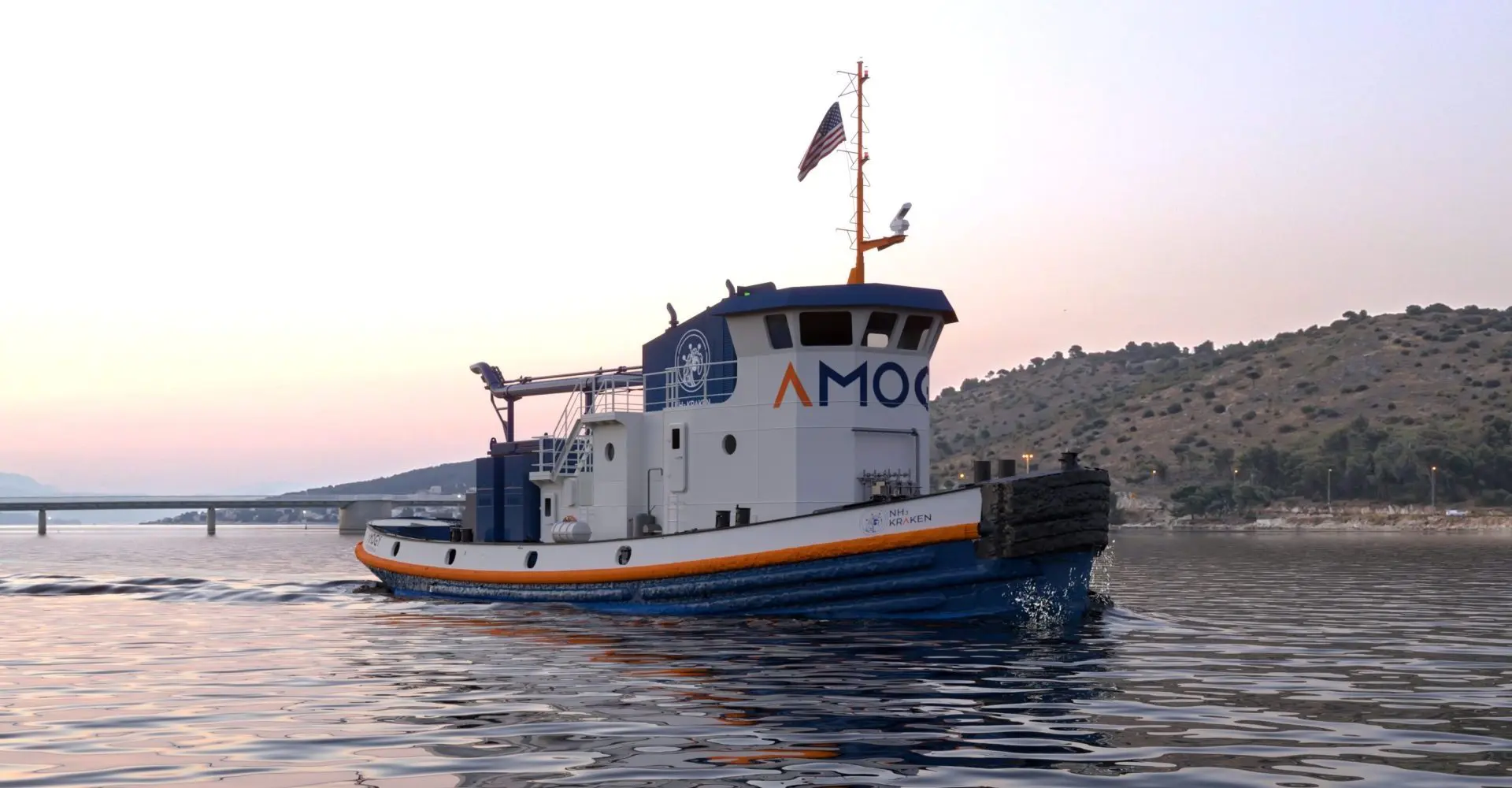C-Job Naval Architects Niels de Vries has won the Dutch Maritime Designer Award 2019 with his research ‘Safe and effective application of ammonia as a marine fuel’. It was awarded during the Maritime Awards Gala on Monday 4 November 2019 in Rijswijk, the Netherlands.
The Maritime Designer Award is awarded to individual designers, promovendi, recent graduates and start-ups who want to highlight their work and approach.
Niels de Vries, Lead Naval Architect at C-Job, says “I’m delighted and honored my research has won the Maritime Designer Award. I am a strong supporter of renewable fuels for several years now and I believe ammonia has its part to play as a marine fuel. Furthermore, I am grateful C-Job Naval Architects supported me in my pursuit to develop this theory.
“While more research is needed in order for this to become reality, I am grateful renewable fuels for the maritime industry receives additional attention this way as it’s an important issue.”
The Maritime Designer award winner receives a maximum of €24.000 to invest in further development of their design method or solution.
Niels recently published his research which showed that ammonia can be safely and effectively applied as a marine fuel to reduce harmful emissions in the maritime industry.
The research uses an ammonia carrier fuelled by its own cargo to study the concept of using ammonia as a marine fuel to achieve a significant reduction in greenhouse gas emissions in shipping. His research shows that ammonia can indeed be used as a marine fuel if a number of safety measures are included in the design.
In the long term the Solid Oxide Fuel Cell is the best option in terms of ammonia power generation as it is the most efficient. This application currently has practical challenges as the power density and load response capability are not on an acceptable level yet.
In the coming decades this will likely be improved. In the short term a stepwise implementation could accelerate the application of ammonia as a marine fuel with in the first stage ammonia and marine diesel in an (Compression Ignition) Internal Combustion Engine (ICE). The second stage is a (Spark Ignition) ICE using ammonia hydrogen mixtures followed by the third and final stage an SOFC using ammonia directly.
Ammonia is free from SOx and particulate matter. Furthermore, if ammonia is made from renewable hydrogen, it will also be free of CO2 in the whole supply-consumption chain. Combined this will be a significant reduction of harmful greenhouse gas emissions in worldwide shipping. Using an ICE at first will require a DeNOx system where the final stage will not as an SOFC can operate on ammonia free of NOx emissions.


